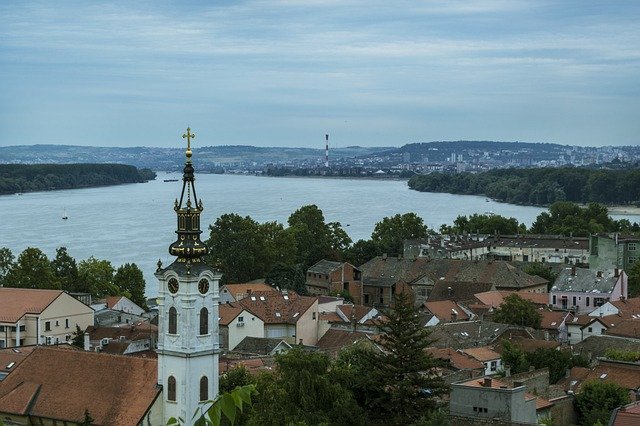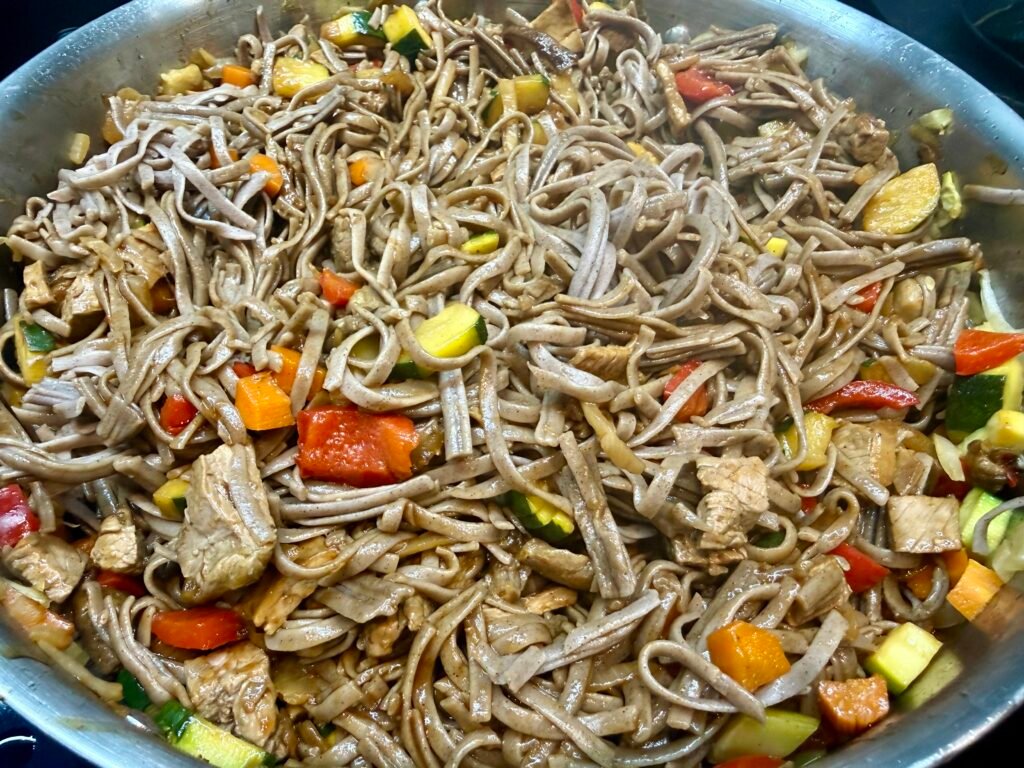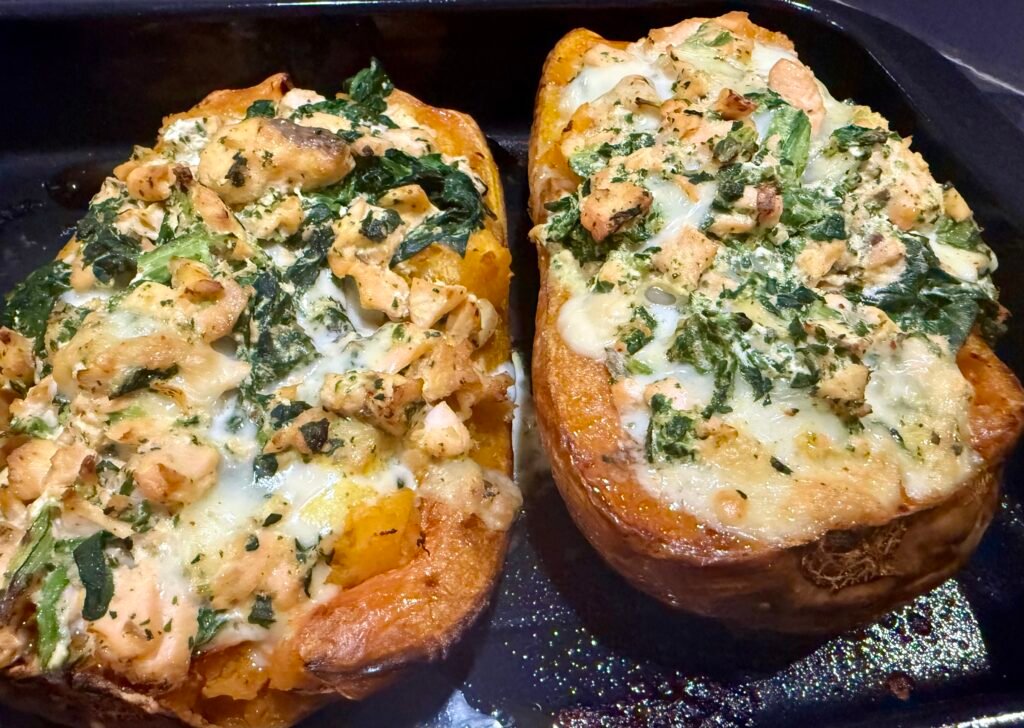Serbia, located in the heart of the Balkans, has a complex and fascinating history. Once a powerful medieval kingdom, Serbia suffered several invasions, including those from the Ottoman Empire and the Austro-Hungarian Empire. She was also a pillar of the former Yugoslavia. After turbulent times in the 20th century, modern Serbia is a growing country, rich in heritage and traditions. Serbian culture is strongly influenced by its Slavic and Orthodox roots, visible through its architecture, monasteries, and religious festivals. Traditional dances, such as the kolo , and folk music take a central place in the celebrations.
Serbia offers a unique cultural experience, between historical heritage and modernity, where traditions and hospitality are at the heart of daily life.
Traditional Gastronomy and Gluten Free Options
Serbian cuisine is rooted in Balkan tradition, with strong Ottoman, Hungarian and Austrian influence. The dishes are generous, often based on grilled meat, vegetables and dairy products. Although some Serbian dishes include wheat, there are many naturally gluten-free options.
Here are some traditional Serbian gluten-free dishes:
- Ćevapi : Small sausages of grilled ground meat (usually beef or pork), served with onions and peppers. This dish is naturally gluten-free when eaten without bread.
- Sarma : Cabbage leaves stuffed with rice and meat, simmered in tomato sauce, a naturally gluten-free dish.
- Pečenje : Roasted meat, often pork or lamb, prepared simply with herbs and garlic. This dish is naturally gluten-free.
- Ajvar : A paste of roasted peppers and eggplant, often served as an accompaniment to meats. Naturally gluten-free.
These dishes showcase the richness of Serbian cuisine, while providing gluten-free alternatives for diet-conscious travelers.
The Must-See Things to Visit in Serbia
Serbia is a fascinating destination that combines historical sites, magnificent natural landscapes and a vibrant cultural life. Here are some must-sees to visit:
- Belgrade : The Serbian capital, with its Kalemegdan , bustling streets like Skadarlija and numerous museums, is a dynamic city that never sleeps.
- Novi Sad : Known for its EXIT Festival , this city on the banks of the Danube is a cultural center, with the Petrovaradin Fortress and art galleries.
- Tara National Park : A natural gem with dense forests, rivers and mountains, ideal for hiking and wildlife watching.
- Serbian Monasteries : Serbia is dotted with magnificent Orthodox monasteries, such as Studenica and Sopoćani , listed as UNESCO World Heritage Sites.
These places will offer you a glimpse of the cultural and natural diversity of Serbia.







